Writing a fight or battle scene can be a thrilling and pivotal moment in your story, capable of capturing readers‘ attention and advancing the plot in significant ways. But while it might sound straightforward in theory, the actual process can prove challenging once you put pen to paper or start typing away. So, how do you write a compelling fight or battle scene? What elements make such scenes visually vivid and emotionally engaging? This article will provide you with all the answers.
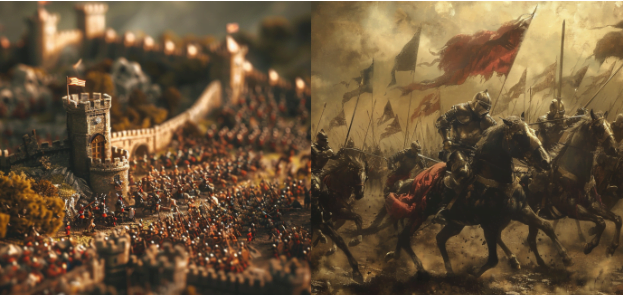
FIrst, crafting an engaging and dynamic fight scene requires careful attention to detail, pacing, and character development. Here are some steps to help you bring your fight or battle scene to life:
- Set the Stage with Vivid Description:
Begin by immersing your readers in the scene with vivid descriptions of the setting, including details such as the weather, terrain, and atmosphere. Use sensory language to evoke the sights, sounds, and smells of the battlefield, creating a rich and immersive experience for your readers.
- Establish Clear Objectives and Stakes:
Clarify the goals and motivations of each character involved in the fight, as well as the stakes of the conflict. What do they stand to gain or lose? By establishing clear objectives and stakes, you create tension and suspense that will keep readers invested in the outcome of the battle.
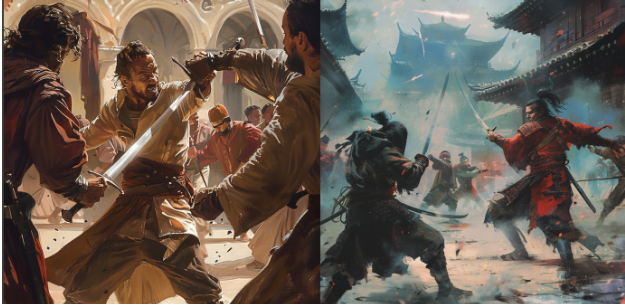
- Develop Characters through Action:
Use the fight scene as an opportunity to develop your characters and showcase their strengths, weaknesses, and growth arcs. How do they react under pressure? What choices do they make in the heat of battle? By revealing your characters’ personalities and motivations through their actions, you deepen their complexity and engage readers on a deeper level.
- Create Dynamic and Varied Action:
Keep the action of the fight scene dynamic and varied by incorporating a variety of combat techniques, weapons, and strategies. Vary the pacing of the scene to maintain reader interest, alternating between moments of intense action and quieter moments of tension and suspense.
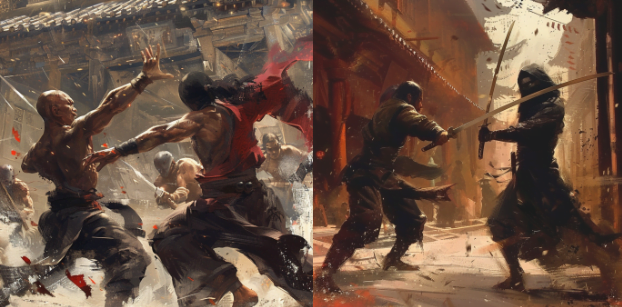
- Build Tension and Conflict:
Build tension throughout the fight scene by escalating the stakes and introducing obstacles and challenges for your characters to overcome. Use cliffhangers and unexpected twists to keep readers guessing and eager to turn the page.
- Provide Resolution and Closure:
Finally, bring the fight scene to a satisfying resolution that advances the plot and resolves the conflict in a meaningful way. Consider the long-term consequences of the battle for your characters and their world, and use the resolution of the fight to set the stage for future developments in your story.
By following these steps and incorporating elements of vivid description, clear objectives, character development, dynamic action, tension, and resolution into your fight scenes, you can create compelling and unforgettable moments that will keep readers on the edge of their seats.
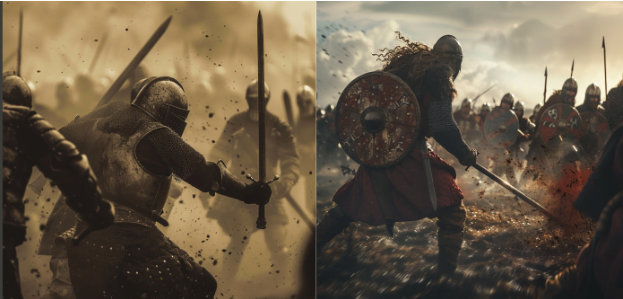
Here are 3 books with exceptional fight scenes that you can draw inspiration from
“The Blade Itself” by Joe Abercrombie: This book features gritty and realistic fight scenes that are both brutal and emotionally charged. Abercrombie’s skillful use of description and characterization makes each fight scene feel intense and immersive, drawing readers into the action and heightening the stakes of the conflict.
“The Way of Kings” by Brandon Sanderson: Sanderson is known for his epic and intricately choreographed fight scenes, and “The Way of Kings” is no exception. The book features several memorable battle sequences that showcase Sanderson’s mastery of worldbuilding, magic systems, and character development, making for an exhilarating read from start to finish.
“Red Rising” by Pierce Brown: This science fiction novel is packed with adrenaline-fueled action and pulse-pounding fight scenes that will leave readers breathless. Brown’s vivid descriptions and fast-paced storytelling make each battle feel visceral and intense, keeping readers on the edge of their seats until the very end.
These books serve as excellent examples of how to craft engaging and dynamic fight scenes that captivate readers and propel the story forward with energy and excitement.
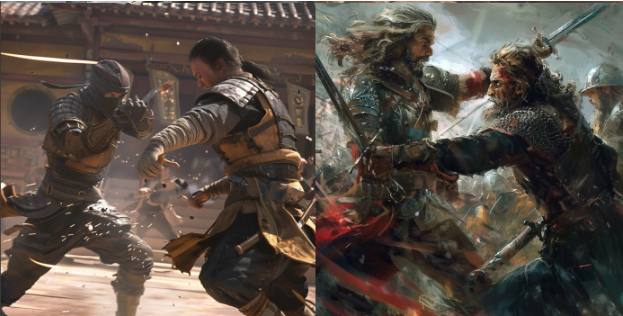
How do you write fight scenes between people with magic?
Writing fight scenes between individuals wielding magic can indeed be both thrilling and challenging. Incorporating magic into battle scenes adds an extra layer of complexity and excitement to your storytelling, as it introduces a wide range of possibilities for unique abilities, fantastical effects, and strategic maneuvers. However, navigating the intricacies of magic systems while maintaining clarity and coherence in your writing can be daunting.
Here are some tips to help you craft dynamic and captivating magic-infused combat scenes:
Establish Rules and Limits: Define the rules and limitations of magic in your world. This helps create consistency and prevents the magic from becoming a deus ex machina that can solve any problem. Consider factors such as the source of magic, its costs, its strengths, and its weaknesses.
Develop Unique Spells or Abilities: Create a variety of spells or magical abilities that characters can use in combat. Think about the elements, energy types, or schools of magic present in your world and design spells accordingly. Each character may have their own signature spells or abilities that reflect their personality and strengths.
Use Sensory Details: Describe the sights, sounds, and sensations of magic in action. How does it feel to cast a spell? What colors or lights accompany it? How does the environment react to magical energy? Incorporating sensory details immerses readers in the magic and enhances the excitement of the fight scene.
Blend Magic with Physical Combat: Integrate magic seamlessly with physical combat techniques. Characters can enhance their attacks with magical enhancements, summon weapons or shields, or manipulate the environment to gain an advantage. Mixing magic with martial arts or weapon combat adds depth and complexity to the fight scenes.
Showcase Strategy and Tactics: Highlight the strategic aspects of magical combat. Characters may need to outsmart their opponents, exploit weaknesses in their magic, or adapt their tactics as the fight progresses. Use tactics such as misdirection, feints, and ambushes to keep the audience engaged and guessing.
Create Tension and Stakes: Raise the stakes in the fight scene to heighten the tension. Consider the consequences of defeat for the characters involved or the larger conflict at hand. Incorporate personal rivalries, moral dilemmas, or time constraints to increase the urgency of the fight.
Balance Action with Pacing: Strike a balance between action-packed sequences and moments of reflection or dialogue. Avoid overwhelming readers with a barrage of magical effects by interspersing quieter moments that allow for character development and plot advancement.
Edit and Revise: After writing the initial draft of the fight scene, review it carefully for clarity, pacing, and coherence. Trim any unnecessary details or repetitions, and ensure that the progression of the fight is logical and easy to follow. Consider seeking feedback from beta readers or critique partners to identify areas for improvement.
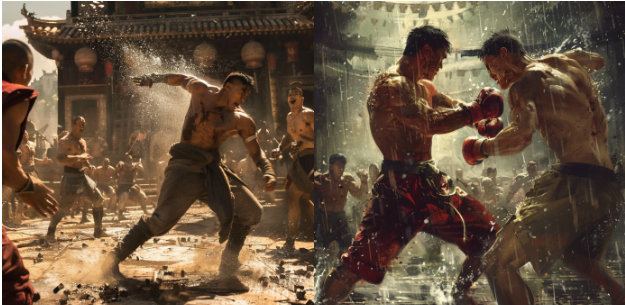
By following these tips and experimenting with different magical elements and combat techniques, you can create captivating fight scenes that leave readers spellbound.
In conclusion, mastering the art of writing compelling fight or battle scene requires a careful balance of vivid description, clear objectives, dynamic action, and satisfying resolution. Whether your characters wield magic or superpowers, incorporating these elements into your writing can elevate your fight scenes from mere action sequences to unforgettable moments that drive the plot forward and deepen character development. By following the nine steps outlined in this article and drawing inspiration from exceptional examples in literature, you can craft fight scenes that captivate readers and leave them eagerly turning the pages for more. So, embrace the challenge, unleash your creativity, and let your characters’ conflicts come to life on the page with electrifying intensity.
